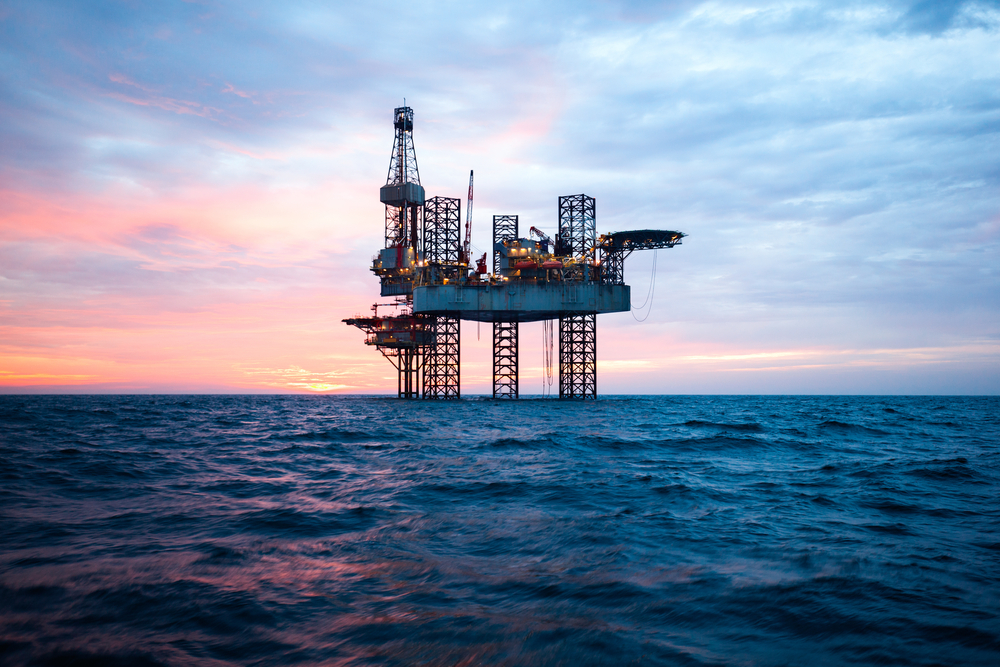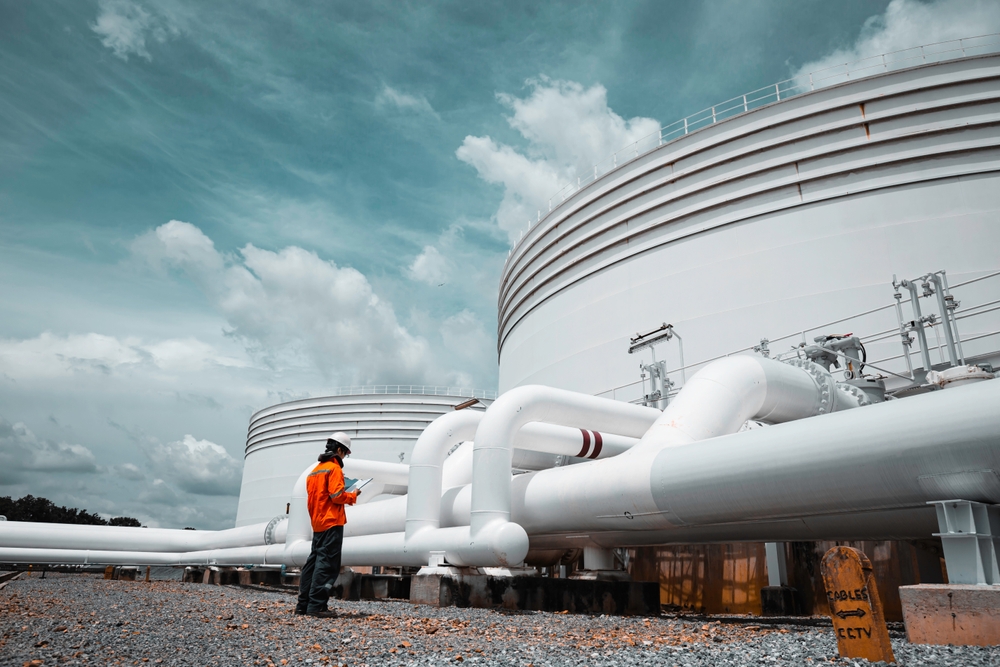

| City | Start Date | End Date | Fees | Register | Enquire | Download |
|---|---|---|---|---|---|---|
| Amsterdam | 23-06-2025 | 27-06-2025 | 6200 $ | Register | Enquire | |
| London | 30-06-2025 | 04-07-2025 | 6200 $ | Register | Enquire | |
| Amsterdam | 07-07-2025 | 11-07-2025 | 6200 $ | Register | Enquire | |
| London | 14-07-2025 | 18-07-2025 | 6200 $ | Register | Enquire | |
| Cape Town | 21-07-2025 | 25-07-2025 | 5600 $ | Register | Enquire | |
| Cairo | 04-08-2025 | 08-08-2025 | 3950 $ | Register | Enquire | |
| Kuala Lumpur | 11-08-2025 | 15-08-2025 | 4950 $ | Register | Enquire | |
| Istanbul | 18-08-2025 | 22-08-2025 | 4950 $ | Register | Enquire | |
| Jakarta | 01-09-2025 | 05-09-2025 | 4950 $ | Register | Enquire | |
| Dubai | 08-09-2025 | 12-09-2025 | 4300 $ | Register | Enquire | |
| Kuala Lumpur | 15-09-2025 | 19-09-2025 | 4950 $ | Register | Enquire | |
| Bali | 22-09-2025 | 26-09-2025 | 4950 $ | Register | Enquire | |
| Istanbul | 29-09-2025 | 03-10-2025 | 4950 $ | Register | Enquire | |
| Amsterdam | 06-10-2025 | 10-10-2025 | 6200 $ | Register | Enquire | |
| London | 13-10-2025 | 17-10-2025 | 6200 $ | Register | Enquire | |
| Barcelona | 20-10-2025 | 24-10-2025 | 6200 $ | Register | Enquire | |
| Cairo | 03-11-2025 | 07-11-2025 | 3950 $ | Register | Enquire | |
| Casablanca | 10-11-2025 | 14-11-2025 | 4950 $ | Register | Enquire | |
| Dubai | 17-11-2025 | 21-11-2025 | 4300 $ | Register | Enquire | |
| Barcelona | 24-11-2025 | 28-11-2025 | 6200 $ | Register | Enquire | |
| Madrid | 01-12-2025 | 05-12-2025 | 6200 $ | Register | Enquire | |
| Casablanca | 08-12-2025 | 12-12-2025 | 4950 $ | Register | Enquire | |
| Geneva | 15-12-2025 | 19-12-2025 | 5600 $ | Register | Enquire | |
| Amsterdam | 29-12-2025 | 02-01-2026 | 6200 $ | Register | Enquire |
The Gas and Steam Turbine Course is more than just an introductory program; it provides an in-depth exploration of the principles, construction, functionality, and maintenance of gas and steam turbines. These turbines play a crucial role in the power generation industry and are widely used across various sectors.
Understanding the significance of gas and steam turbine training is beneficial for engineers, technicians, and operators, all of whom are vital to the energy sector and its surrounding industries. This course emphasizes the necessary guidelines and best practices for the effective design, operation, and maintenance of gas and steam turbines. Participants will engage in discussions to highlight the importance of understanding the physics involved in overcoming operational challenges and the methodologies required for effective troubleshooting.
Participants will gain a critical appreciation of the need for proper design, operation, and maintenance in relation to the different types and applications of gas and steam turbines within industries such as chemical, process, petroleum refining, gas production, power generation, and more.
Upon completion of the gas and steam turbine course, participants will be able to:
Unit 1: Gas & Steam Turbine Fundamentals
Unit 2: Gas & Steam Turbine Maintenance Practices
Unit 3: Operational Considerations and Troubleshooting
Unit 4: Case Studies and Practical Exercises
Unit 5: Emergency Response and Recovery
Unit 6: Alignment and Balancing
Unit 7: Diagnostic Tools and Technologies

.jpg)
.jpg)
.jpg)















